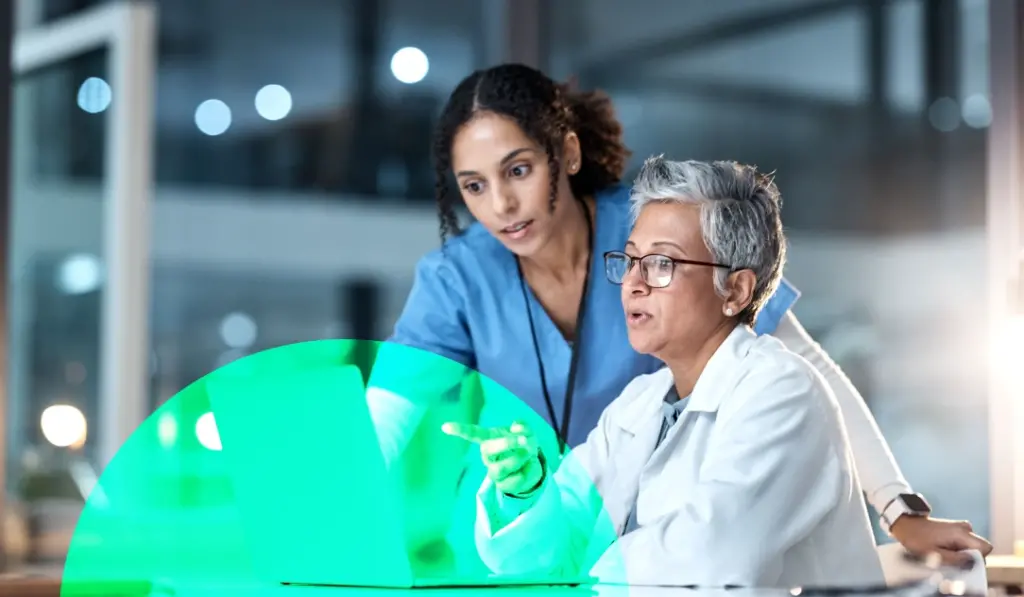Human vs. machine | cHAPTER 6
Looking Ahead:
The Future of Translation
in Life Sciences

The stakes are always high for localization in the life sciences industry. However, balancing speed, accuracy, and cost is a constant challenge.
While other industries must also balance speed, accuracy, and cost in localizing content, life sciences organizations face unique challenges.
Advancements in AI and neural machine translation (NMT) technologies have significantly improved the quality of machine-generated translations.
Despite AI advancements, human translators remain irreplaceable. Localization requires a nuanced understanding of languages and cultural sensitivity, which AI is not (yet) capable of.
The decision between machine and human translation hinges on balancing speed, accuracy, and cost.
The landscape of translation technologies is constantly evolving. Advancements in AI, machine learning, and NMT will continue to refine the quality and capabilities of machine translation.
The landscape of translation technologies is constantly evolving. Advancements in AI, machine learning, and NMT will continue to refine the quality and capabilities of machine translation.
Efficient and accurate translations will become even more crucial in facilitating the dissemination of vital healthcare information and educational content globally. Regulations will continue to play a critical role in ensuring the accuracy and safety of life sciences translations.
As AI technologies evolve, regulatory frameworks may need to adapt to address these advancements.
The hybrid approach, combining AI with human expertise, will remain the cornerstone of life sciences translations due to its ability to deliver optimal results.
A Synergistic Future
At Welocalize, we champion a model where human expertise and cutting-edge translation technologies work in synergy. We believe that integrating AI and machine learning into our processes streamlines workflows, delivers exceptional results, and empowers life sciences organizations to achieve their global goals.
By embracing this dynamic future of translation, life sciences organizations can bridge the gap between innovation and global communication, ultimately contributing to a healthier and safer world.
Contact us to learn how we can help your organization blend AI and human intelligence to produce accurate and compliant translations quickly and efficiently.